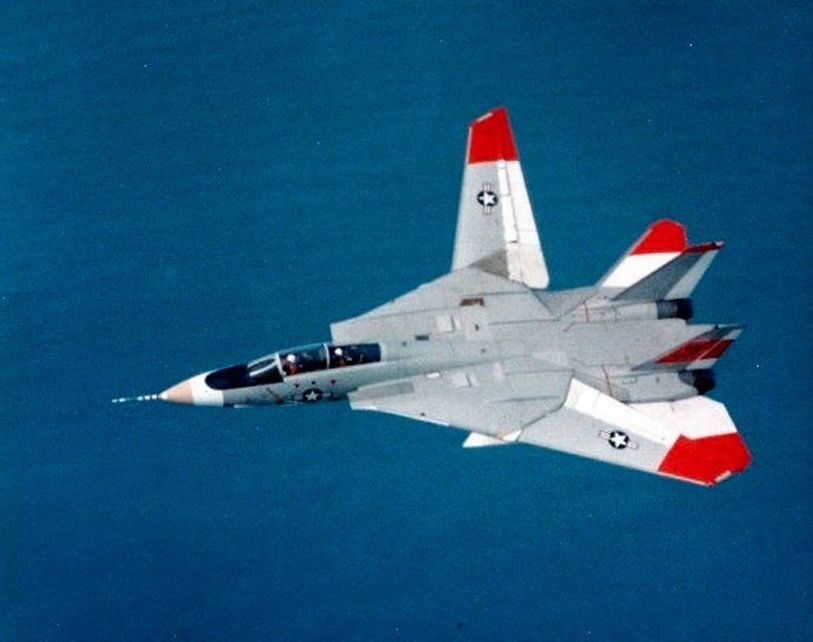 "user314" (user314)
"user314" (user314)
10/09/2020 at 11:00 • Filed to: flightline, Planelopnik, planelopnik history, ww2
 5
5
 9
9
 "user314" (user314)
"user314" (user314)
10/09/2020 at 11:00 • Filed to: flightline, Planelopnik, planelopnik history, ww2 |  5 5
|  9 9 |
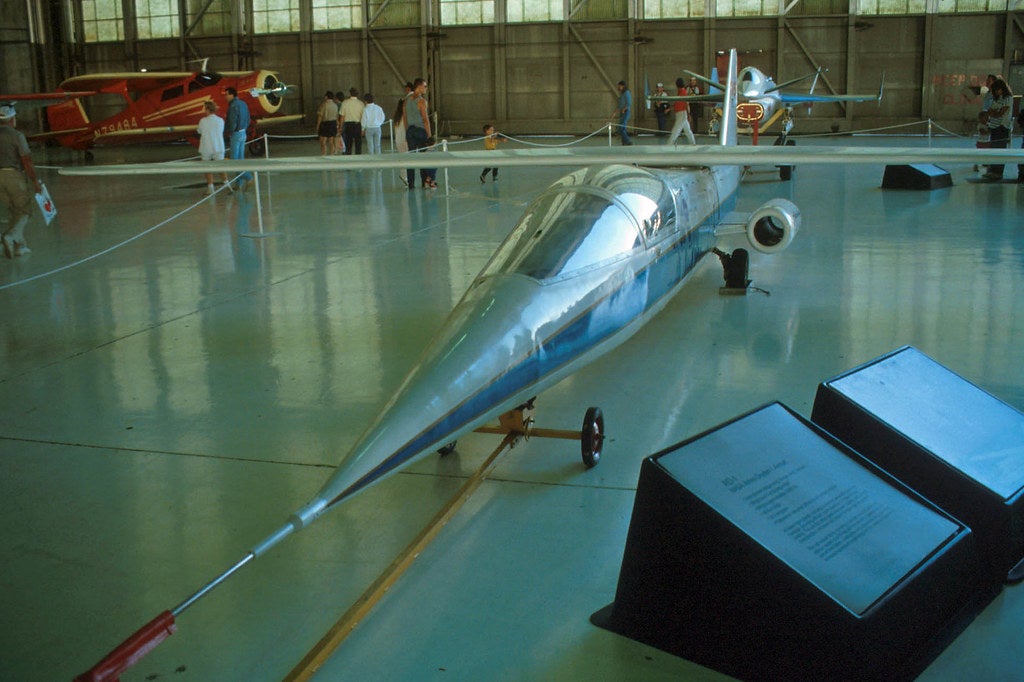
The AD-1 on display
Beginning in WWII
, German aviation engineers began to investigate new designs to allow faster, more stable flight, especially with the new gas turbine engines being worked on. One solution was to
!!!error: Indecipherable SUB-paragraph formatting!!!
the wings, which changed the speed of the air flowing over the wing, reducing drag. Swept wings are not suitable for low speed flight, however, especially during takeoffs and landings, increasing the speed of both, which then necessitates longer runways. One of the solutions to that issue were variable-sweep or ‘swing’ wings, which could be set to a given sweep angle depending on the performance needed. Swing wings are complex and heavy though, bad things for aircraft. They also change the center of lift of the aircraft, reducing stability. The slewed, or oblique, wing was proposed to counter those disadvantages, rotating the wing on a central pivot, which would bring one wing forwards and the other back, eliminating the complex swing wing gear and keeping the center of lift in place.
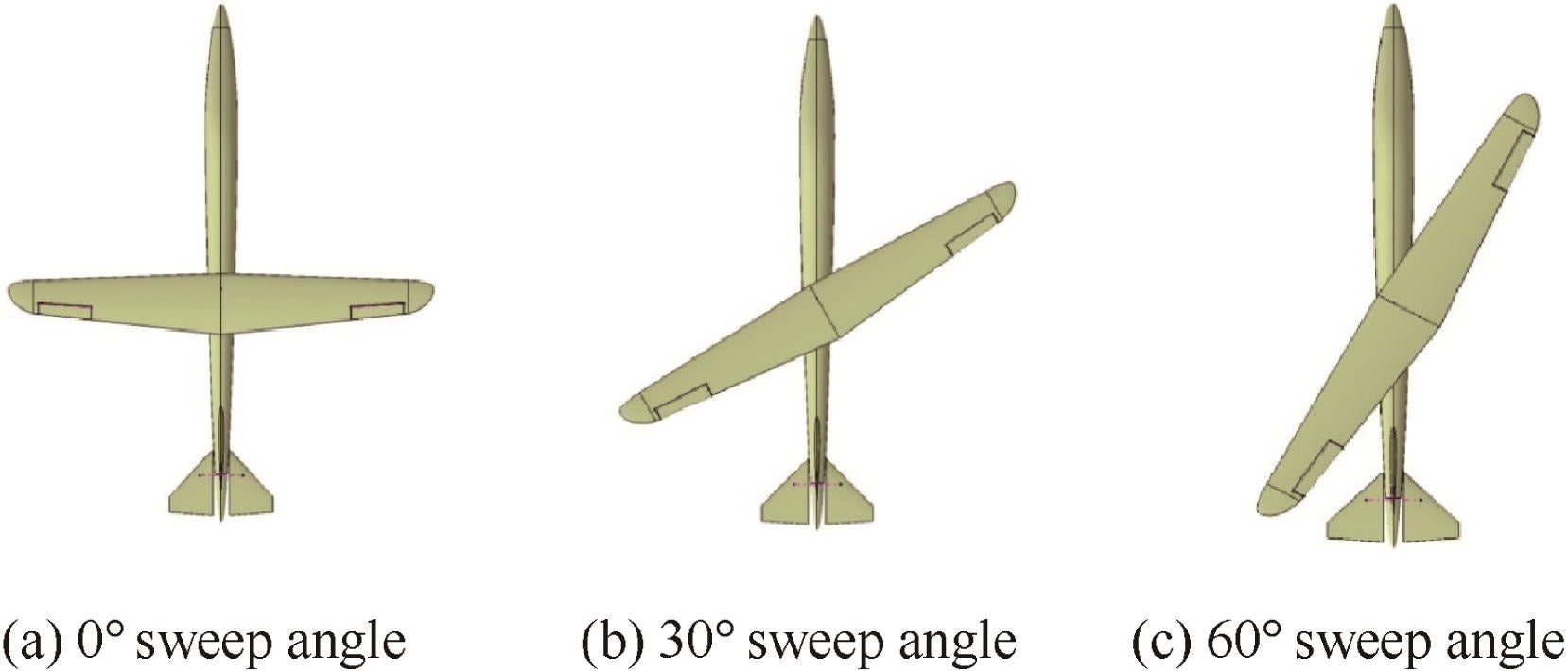
Illustration of an oblique wing at various angles
Two aircraft, the Blohm & Voss BV p.202 and the Messerschmidt Me P1109 were both intended to prove the effectiveness of the oblique wing.
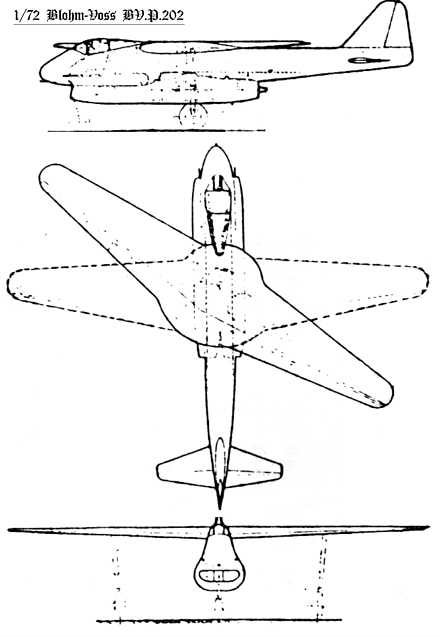
Orthograph of the P.202
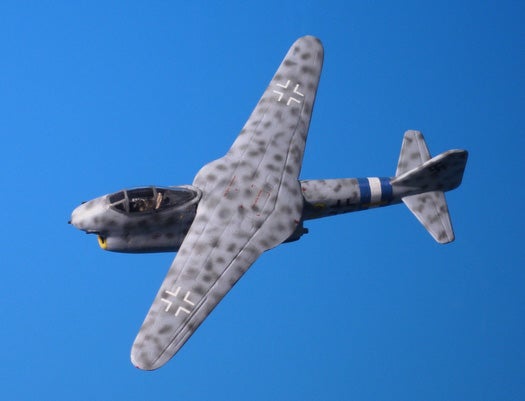
A model of the P.202, showing the wing at full sweep.
Designed by !!!error: Indecipherable SUB-paragraph formatting!!! , the P.202 would have been powered by two BMW 003 jet engines and could potentially be armed with two MK 193 30mm cannon on each side of the fuselage and one MG 151/20 20mm cannon in the nose. The variable wing could pivot by up to 35 degrees. Because the fuselage was filled with wing-rotation machinery, the engines were mounted under the cockpit, and the landing gear extended down from the main wing spar. It is unknown if construction of the P.202 was ever started, though B&V’s documents, and Vogt himself, were brought to the US by Operation PAPERCLIP after the war.
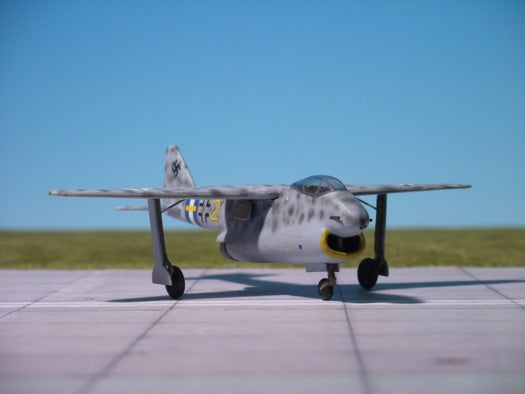
Model of the P.202 with the landing gear extended.
A refinement of Vogt’s work on the P.202, the Me P.1109 (the exact designation is the subject of some debate, as the documentation is damaged and incomplete) would have had two oblique wings, making it a biplane of sorts.
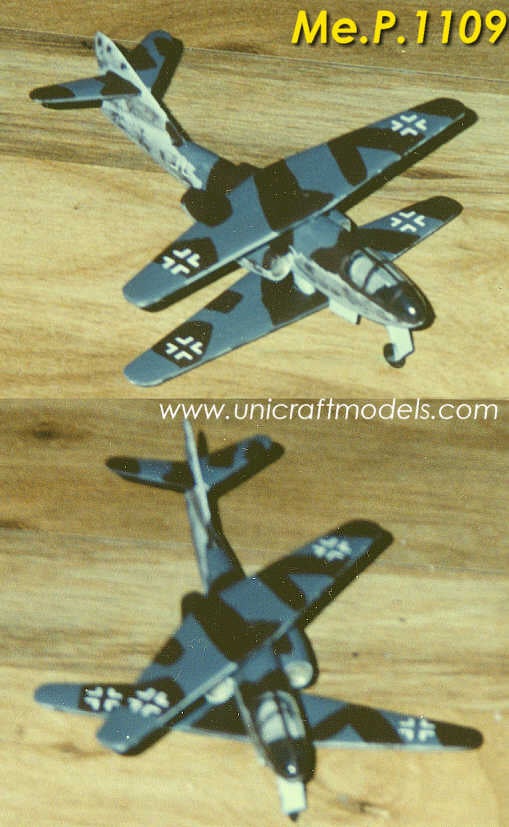
Scale model of the P.1109
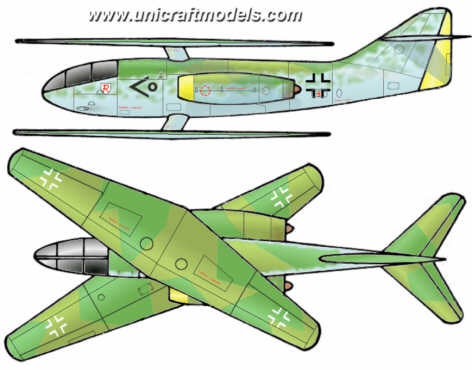
Top and side views of the P.1109
Two He S011 turbojets would have been mounted in nacelles on either side of the fuselage, though their availability was in question. As with the P.202, there is no indication that construction of the P.1109 was started, let alone completed.
Research on oblique wings cooled after WW2, and the idea remained untested until 1979, when NASA contracted with Burt Rutan (natch...) to build the AD-1. The small plane was constructed of a fiberglass-reinforced plastic sandwiching a foam core, and weighed just 1400lbs empty. Power was provided by two !!!error: Indecipherable SUB-paragraph formatting!!! !!!error: Indecipherable SUB-paragraph formatting!!! , and the speed was limited to ~170mph.
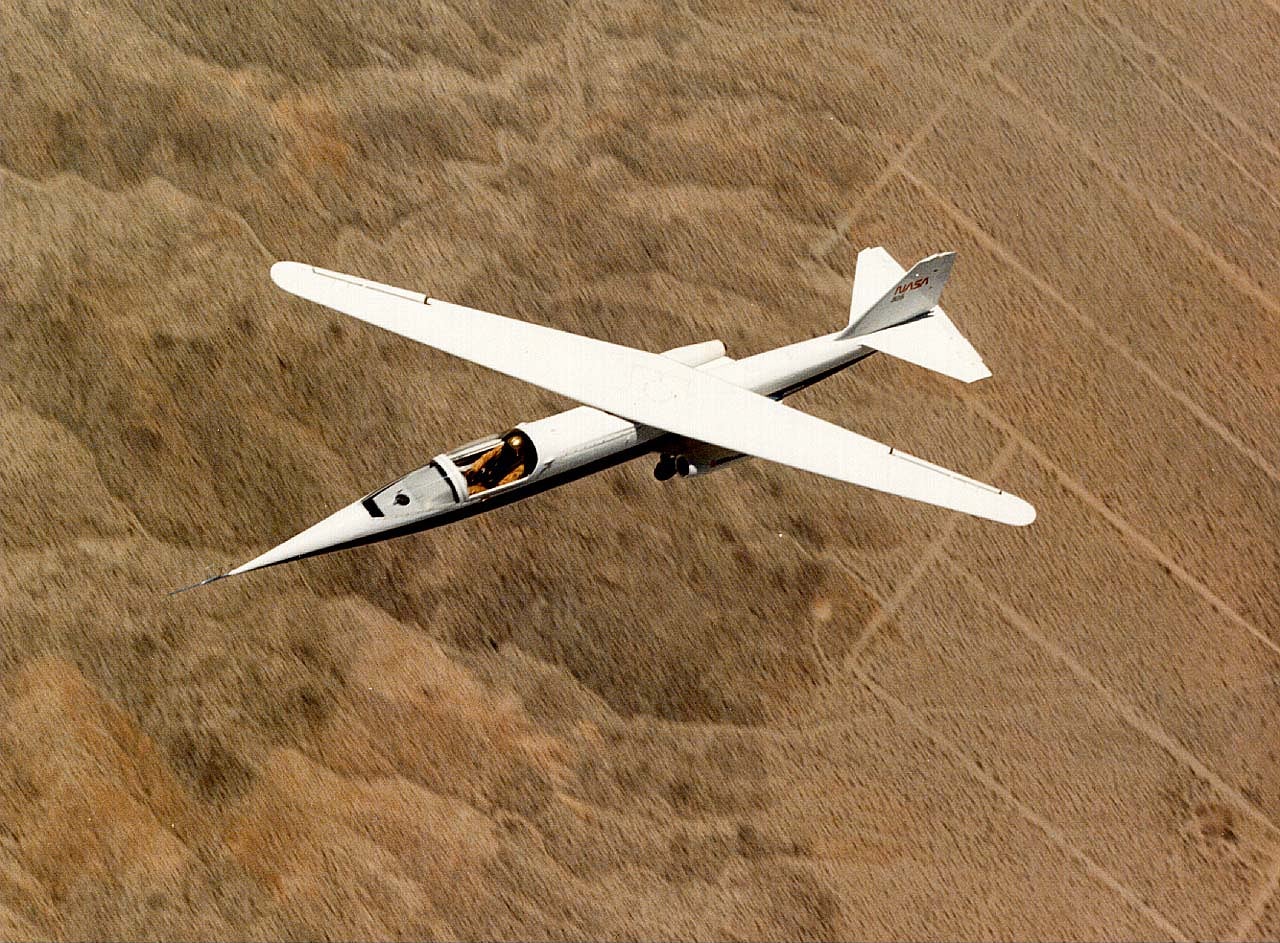
The AD-1 in flight, with the wing at its maximum sweep angle. The plane’s small size is very apparent in this shot.
The AD-1 made its first flight in late 1979. The wing was pivoted incrementally over the next 18 months until reaching its full 60-degree sweep in mid-1981. The aircraft continued to be flown for another year, obtaining data at various speeds and wing-pivot angles, until the final flight, at the !!!error: Indecipherable SUB-paragraph formatting!!! exhibition in !!!error: Indecipherable SUB-paragraph formatting!!! , in August 1982. The AD-1 proved that the concept worked, though its construction resulted in !!!error: Indecipherable SUB-paragraph formatting!!! and pitch-roll-coupling effects that contributed to poor handling qualities at sweep angles above 45 degrees. A more robust structure and automatic control systems could have improved these issues, but the program was canceled. The AD-1 was retired to the Hiller Aviation Museum in California.
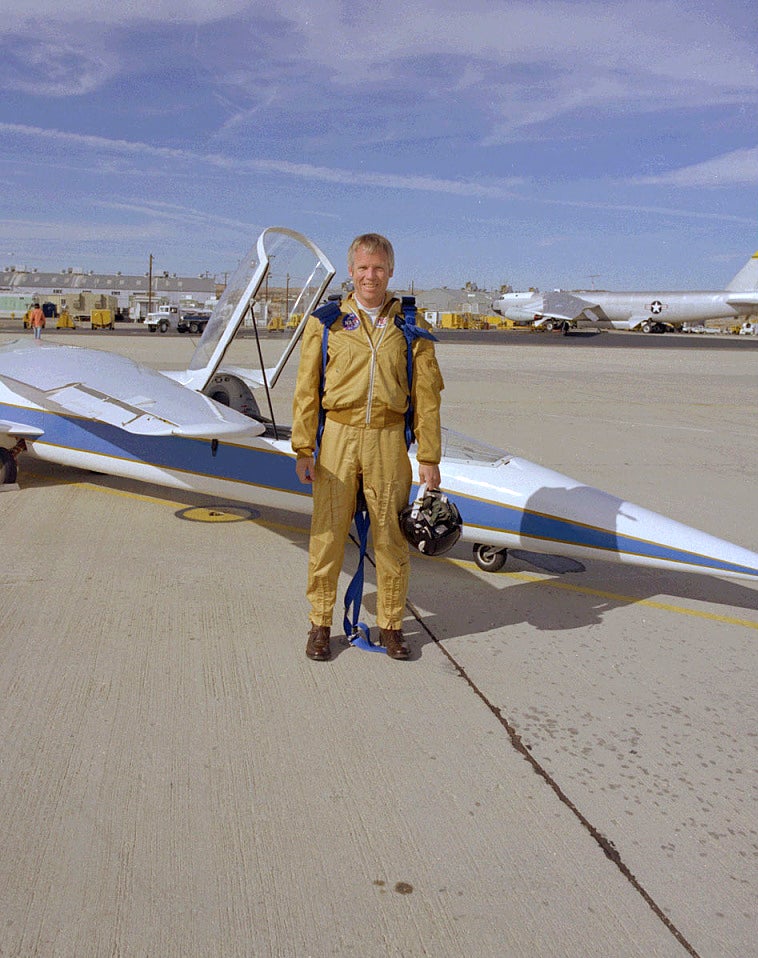
Pilot Richard Gray with the AD-1, again demonstrating how small the plane was.
In 2006 DARPA began their Oblique Flying Wing program, which was to create a remote/autonomously piloted tech demonstrator to research supersonic, tailless, oblique flying wing aircraft. Phase I of the OFW project explored the theory and was to result in a conceptual design, while Phase II would have involved building and flying an X-Plane based on the !!!error: Indecipherable SUB-paragraph formatting!!! t (not to be confused with the !!!error: Indecipherable SUB-paragraph formatting!!! , which was a FSW concept 5 years earlier).
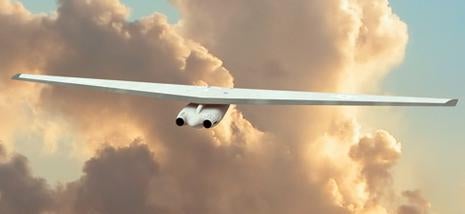
Rendering of the Switchblade at minimum sweep.
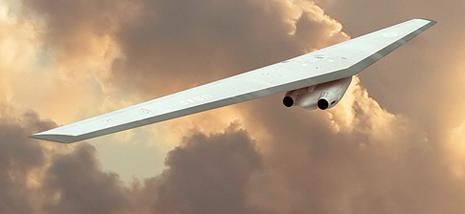
Switchblade at full sweep.
The Switchblade UAV would have flown sometime in 2020, but the program was canceled in 2008.
 facw
> user314
facw
> user314
10/09/2020 at 11:05 |
|
That picture with the pilot really drives home how small it was.
 facw
> user314
facw
> user314
10/09/2020 at 11:06 |
|
Also: What is the plane behind it in the museum shot?
 facw
> facw
facw
> facw
10/09/2020 at 11:14 |
|
To answer my own question, Rockwell HiMAT:
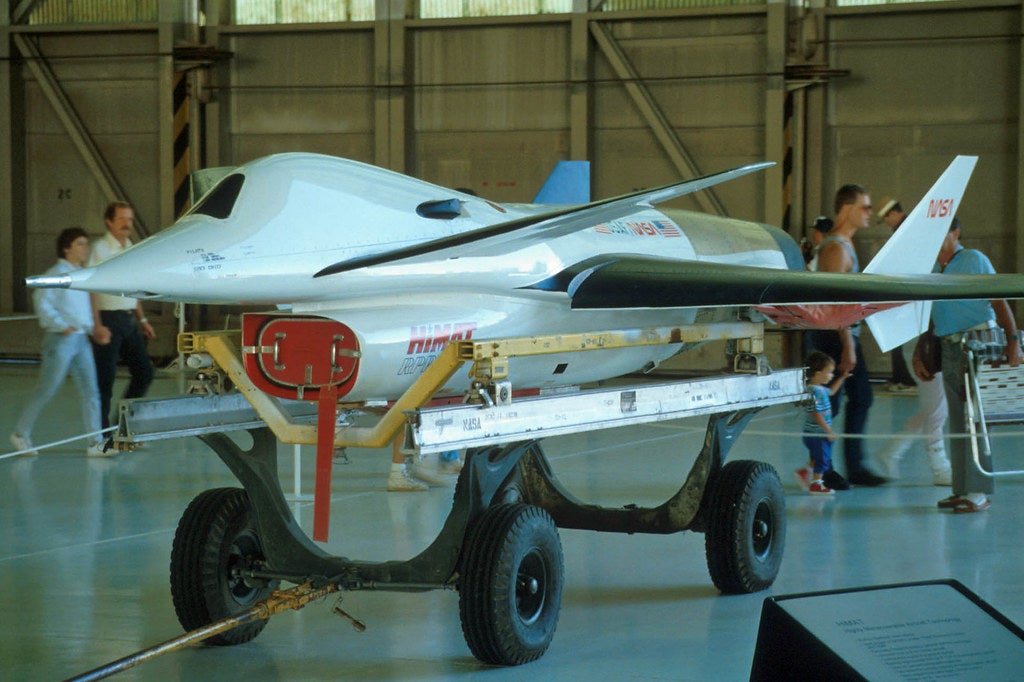
https://en.wikipedia.org/wiki/Rockwell_HiMAT
The source I found says the top photo is not from Hiller, but from the 1988 Edward’s AFB open day. https://www.fightercontrol.co.uk/forum/viewtopic.php?t=50004 (you want to click through)
 user314
> facw
user314
> facw
10/09/2020 at 11:18 |
|
The Rockwell HiMAT , I think.
 ttyymmnn
> facw
ttyymmnn
> facw
10/09/2020 at 11:18 |
|
Looks like the Rockwell HiMat
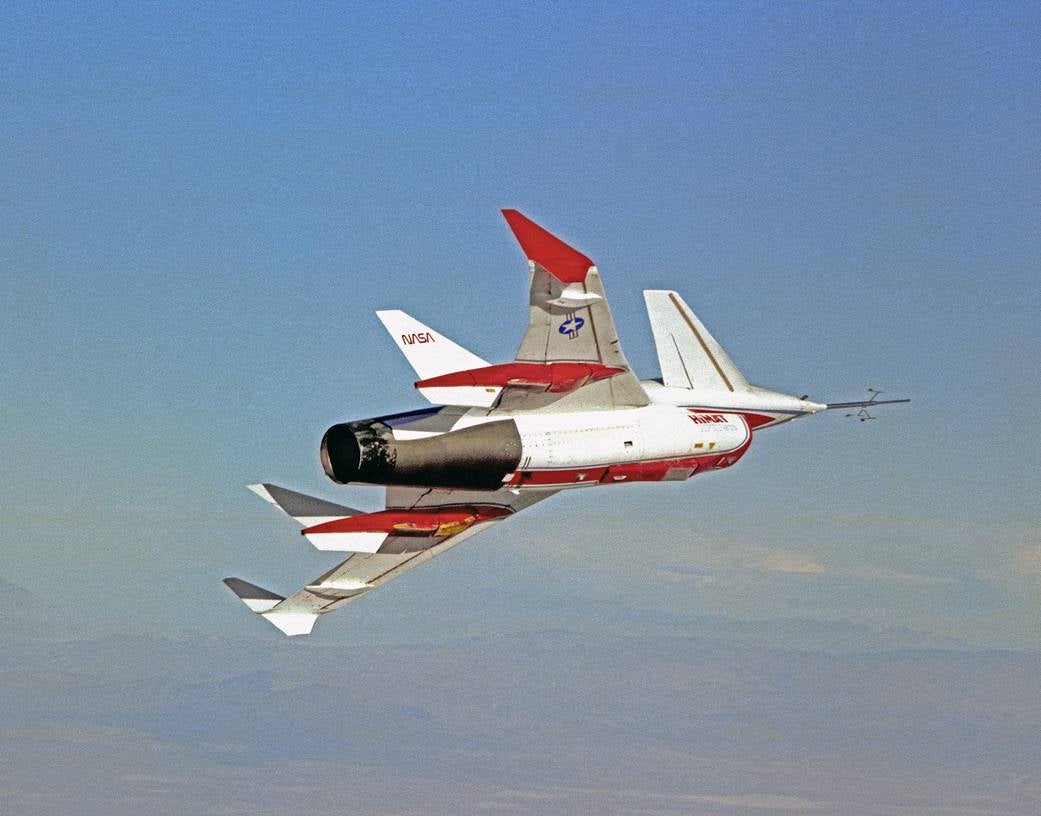
 Demon-Xanth knows how to operate a street.
> facw
Demon-Xanth knows how to operate a street.
> facw
10/09/2020 at 11:26 |
|
Modern fighter jets are huge next to WW2 fighters
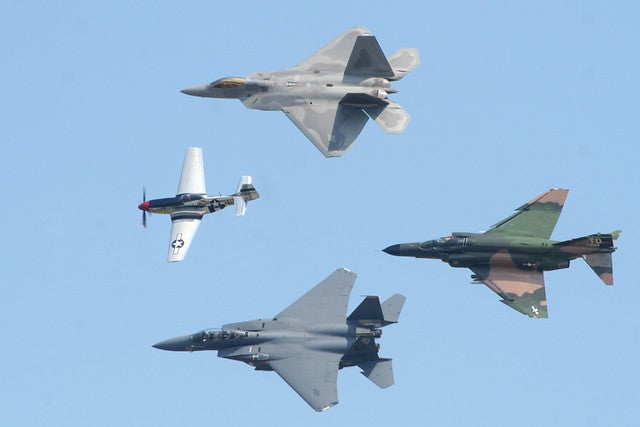
Hell, the F15 can carry 23,000lbs of bombs while the B29 could only do 20,000. And even then only at low altitude.
 MiniGTI - now with XJ6
> user314
MiniGTI - now with XJ6
> user314
10/09/2020 at 11:56 |
|
Wow asymmetrical aircraft, amazing it’s even possible to fly it at all.
 For Sweden
> user314
For Sweden
> user314
10/09/2020 at 13:04 |
|
Germans and swinging
Name a more iconic duo
 user314
> MiniGTI - now with XJ6
user314
> MiniGTI - now with XJ6
10/09/2020 at 13:34 |
|
Oh, there’s more asymmetrical aircraft coming next week. Skewwings like the AD-1 are just a subset of that family, and really, the AD-1 is the only one to fly. I know they tested half-sweep on the F-14, but none of the other swing-wings did the same that I’m aware of.
